
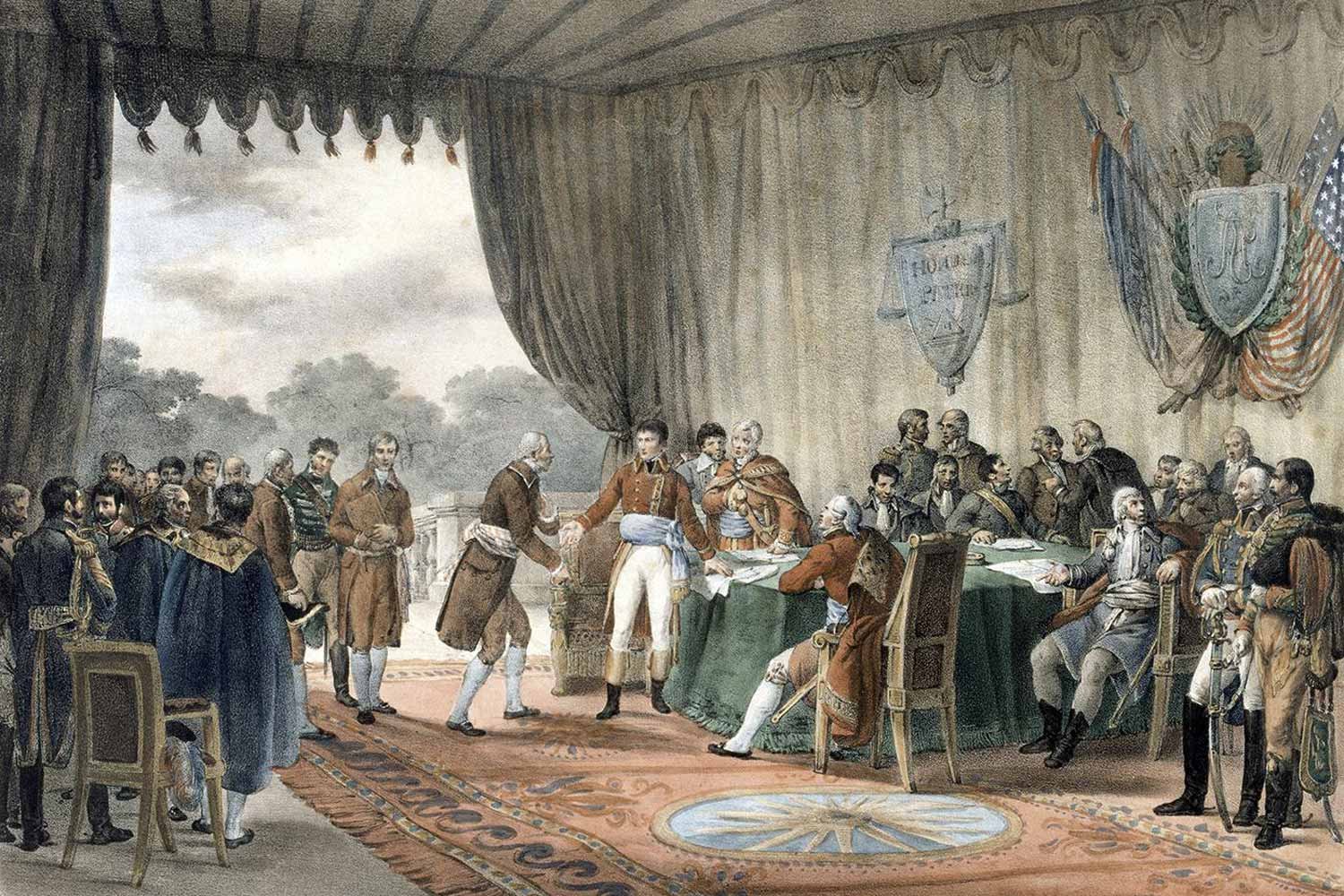
The End of the Quasi-War
The only fighting in the Quasi-War occurred at sea, and mostly in the Caribbean. But with war at a fever pitch and French interests so close by in Louisiana, there was a very real concern in Congress about a possible French invasion of the United States from the west.

The Quasi-War with France
Between 1798 and 1800, the United States fought an undeclared war with France called the Quasi-War, or Half War, because it was not formally recognized by Congress. It was largely a naval conflict fought in the Caribbean and southern coast of America and developed because of a series of related events that soured the formerly strong relationship between the two nations.

Relations with France Fall Apart
America’s first armed conflict with a foreign nation following the American Revolution was not the War of 1812, but rather a mostly forgotten fight called the Quasi-War. Although little known today, in its time it made a significant impact on the course of American history, affecting trade, the creation of the United States Navy, and a presidential election.

The Battle of Fallen Timbers
In March 1792, following St. Clair’s debacle at the Battle of the Wabash, a reluctant Congress agreed to President George Washington’s request to create a force suitable to finally conquer the Northwest Territory. The result was a 5,000-man force called the Legion of the United States, the forerunner of the United States Army. Its creation represented a seismic change for many Americans as the Legion moved the defense of the country from the militia to a standing army.

St. Clair’s Debacle on the Wabash
The American army commanded by General Josiah Harmar had been badly mauled by the Northwestern Confederacy in the autumn of 1790. Anxious to demonstrate the will and ability to gain control of the Ohio Country, the following March, Congress expanded the army to two regiments and President George Washington appointed Arthur St. Clair, the Governor of the Northwest Territory, to command the new force.
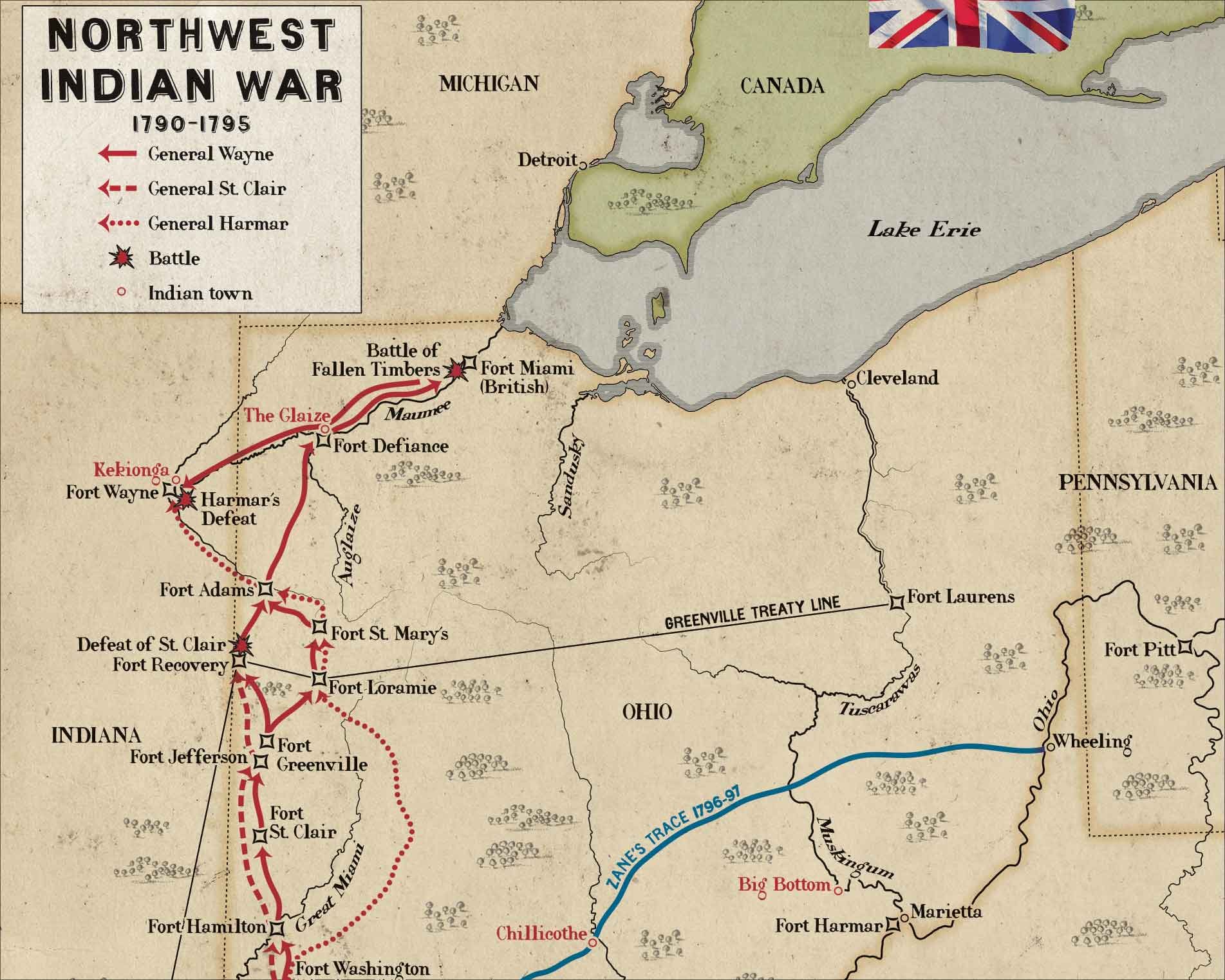
Settling the Ohio Frontier
The Northwest Ordinance of 1787 created the Northwest Territory and a template for how the vast area, also known as the Ohio Country, was to be settled by the United States. But determining how the land was to be developed was the easy part. The more challenging aspect for the federal government was how to make the territory safe for the new settlers given the many Indian tribes who claimed this area as their own and had no desire to move.
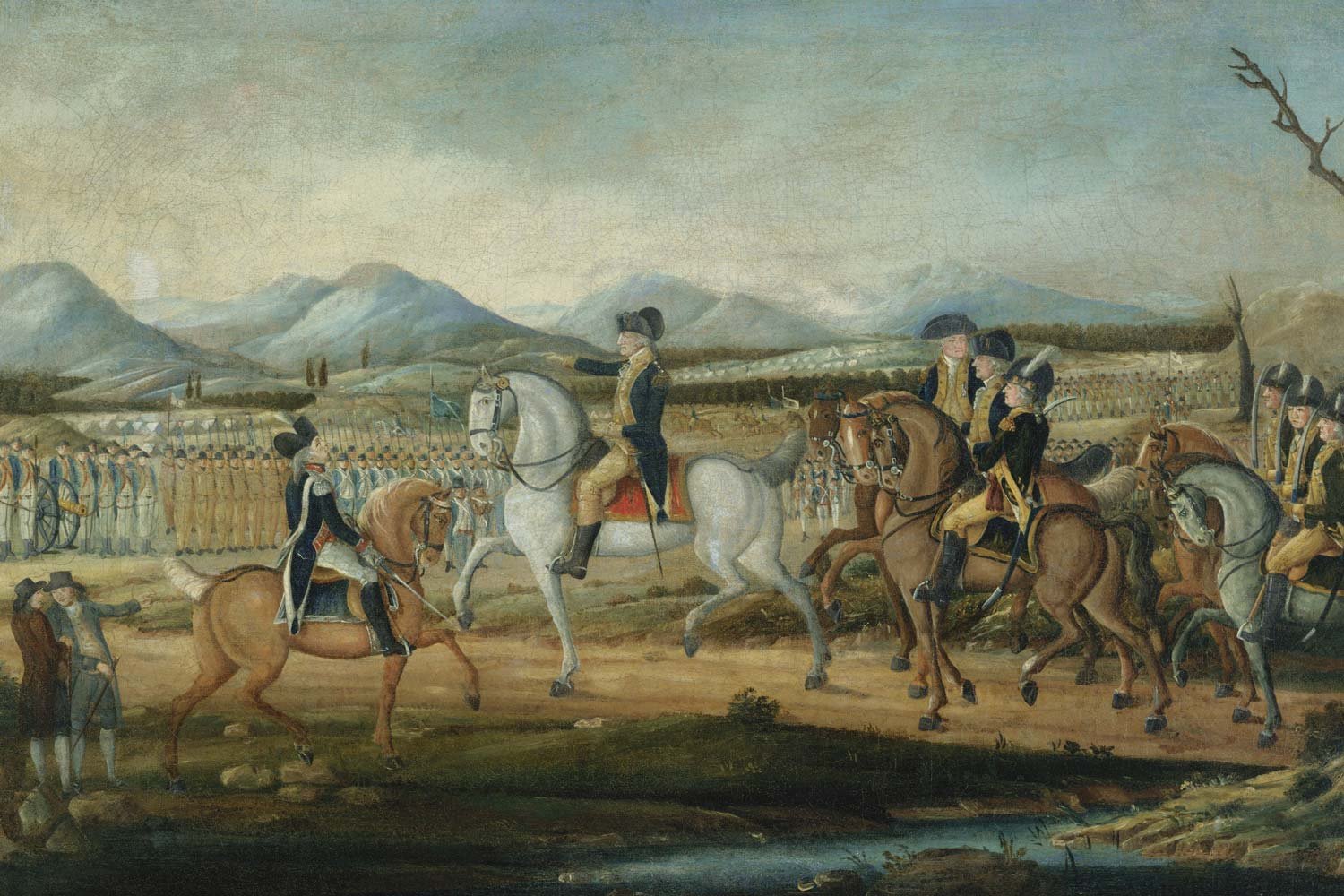
The Whiskey Rebellion
During George Washington’s two terms as President, arguably the most troublesome domestic event was the Whiskey Rebellion. This issue, the root of which was a tax that people refused to pay, threatened the stability of the country. More significantly, the crisis was a direct challenge to the authority of the recently approved Constitution and the federal government which stood behind it.
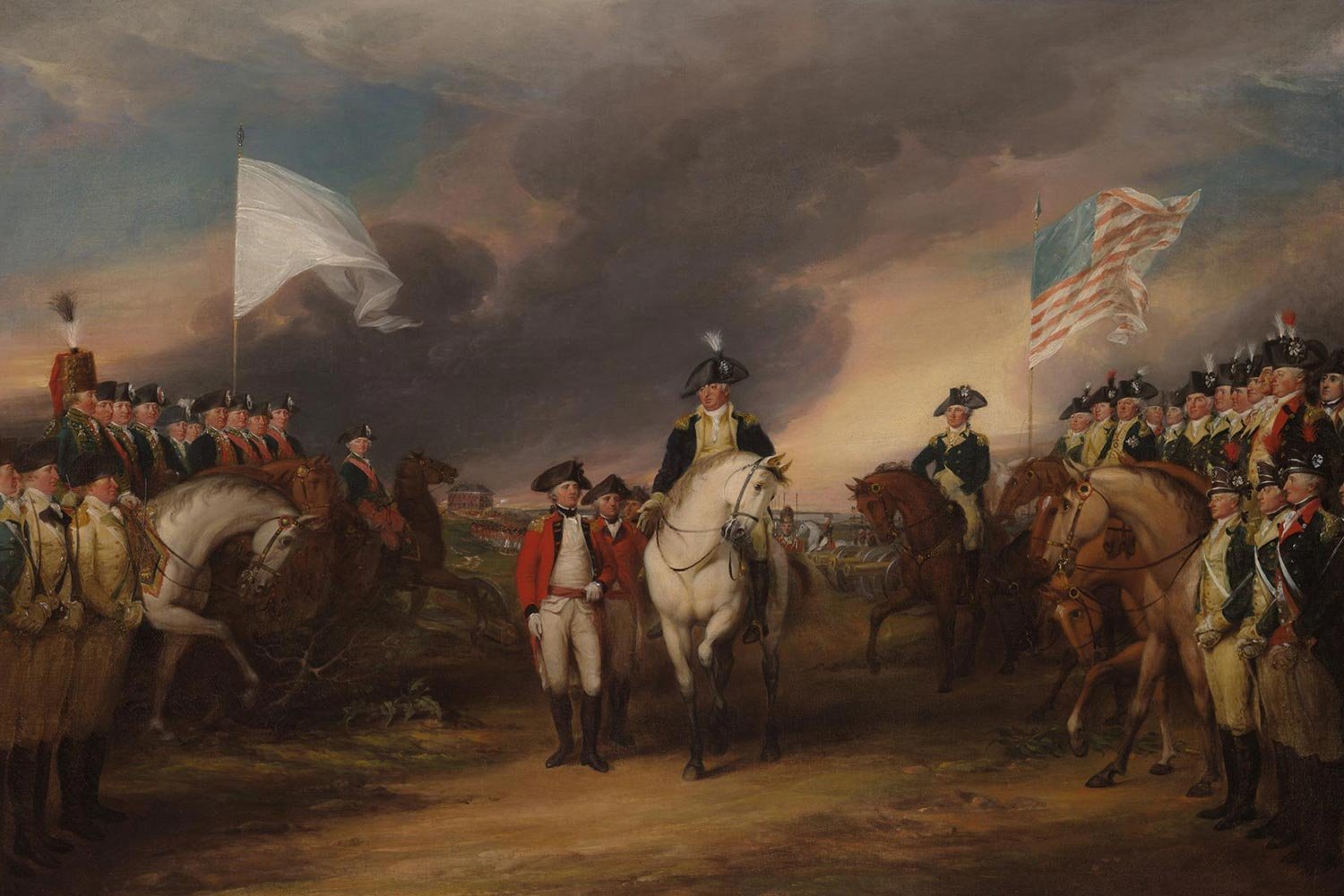
British Surrender at Yorktown
General George Washington led his Continental Army and the French Army under General Jean-Baptiste de Rochambeau into Virginia in mid-September 1781. The combined force was on its way to Yorktown and its appointment with destiny with the entrapped British command of General Lord Charles Cornwallis.
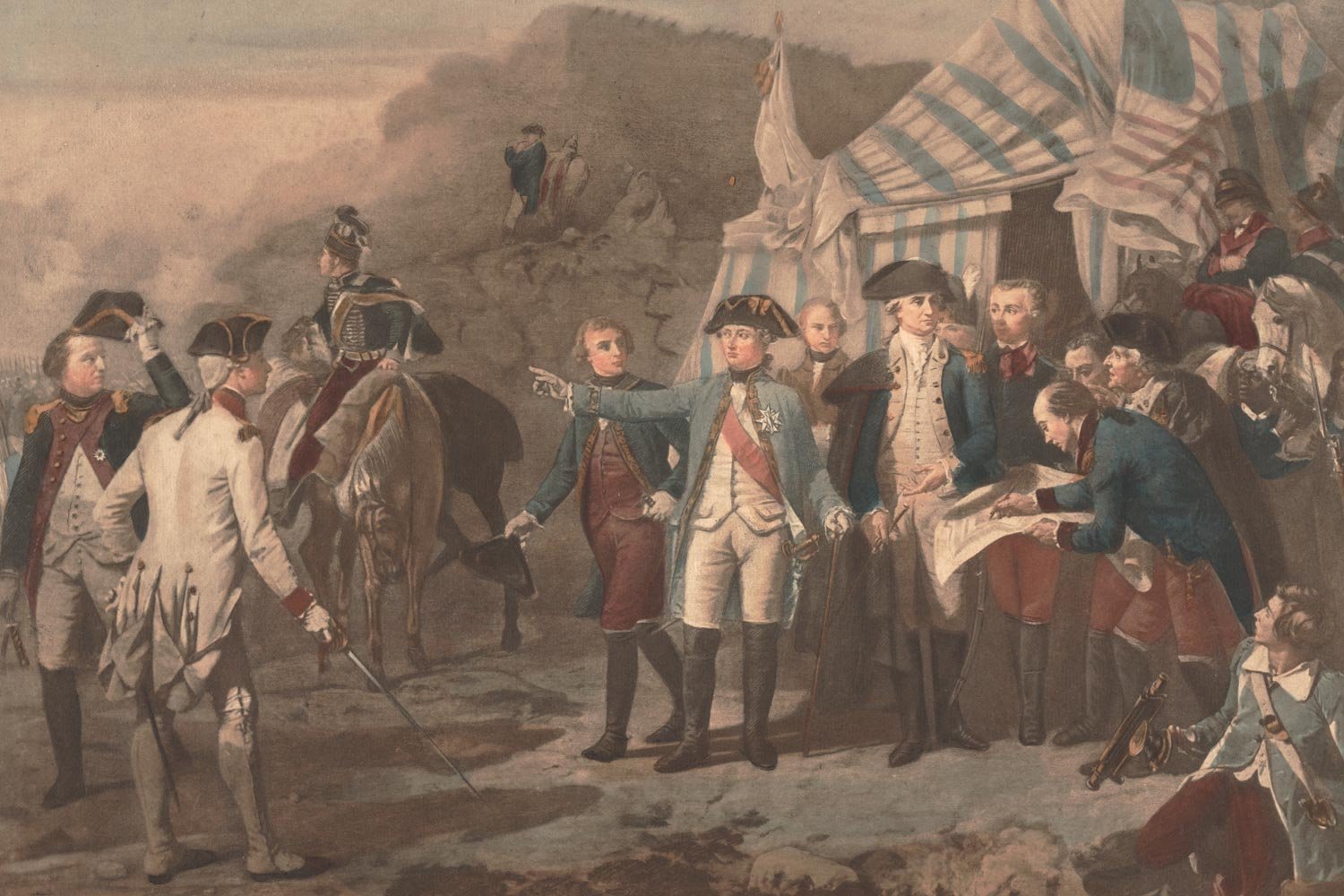
The Yorktown Campaign
After the Battle of Monmouth Courthouse in June of 1778, the British retreated into the friendly confines of New York City. Following two lengthy campaigns (New York in 1776 and Philadelphia in 1777), England had neither crushed the Continental Army nor roused the local populace to join the British effort.
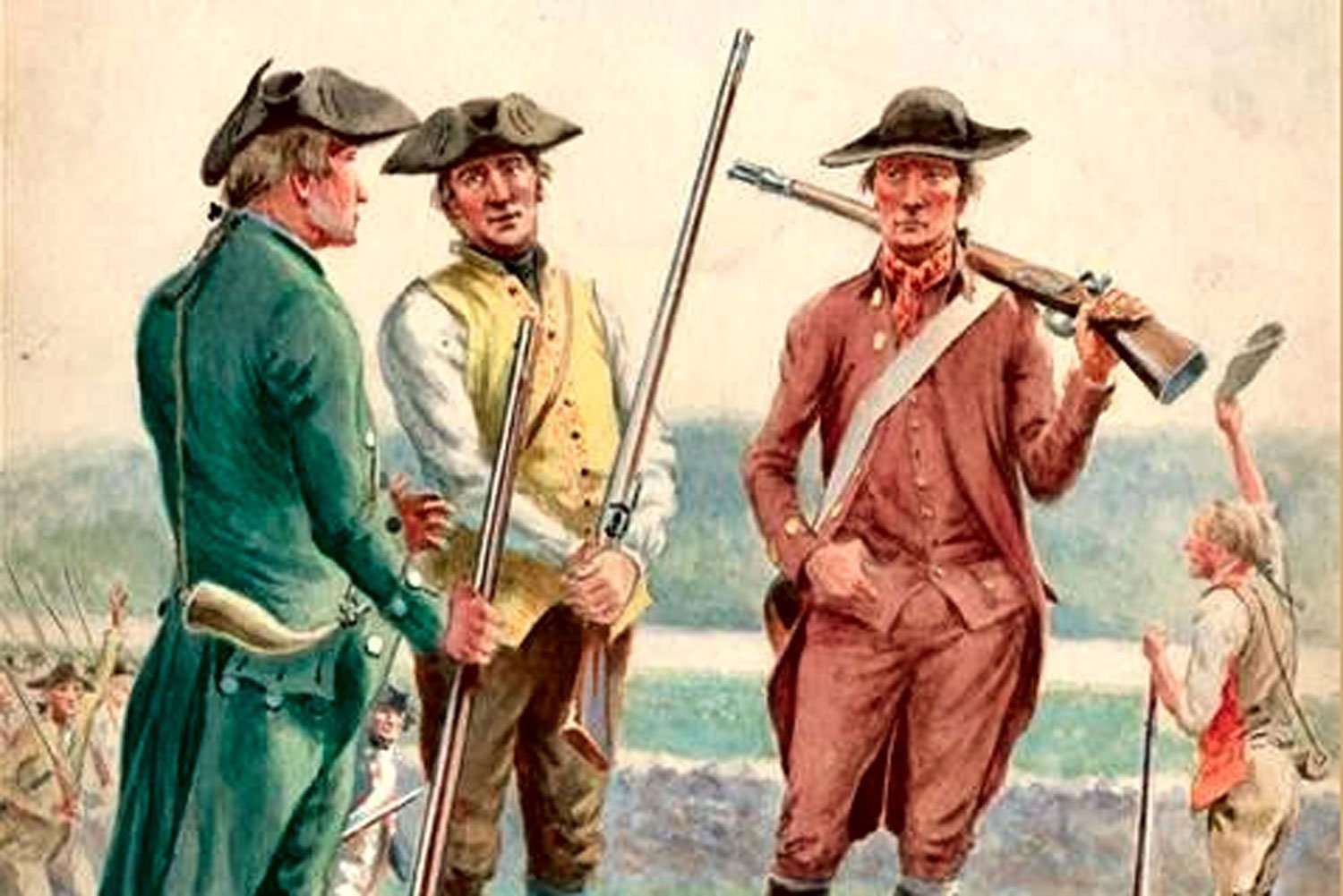
Closing Scenes of the Penobscot Expedition
As morning broke on August 17, 1779, Vice-Admiral Sir George Collier, the commander of the small British flotilla inside Penobscot Bay, could hardly believe what had transpired over the past three days. Arriving with the expectation of a stiff fight from an American fleet much larger than his own, no battle ever materialized as the American commanders chose self-destruction to facing British guns.
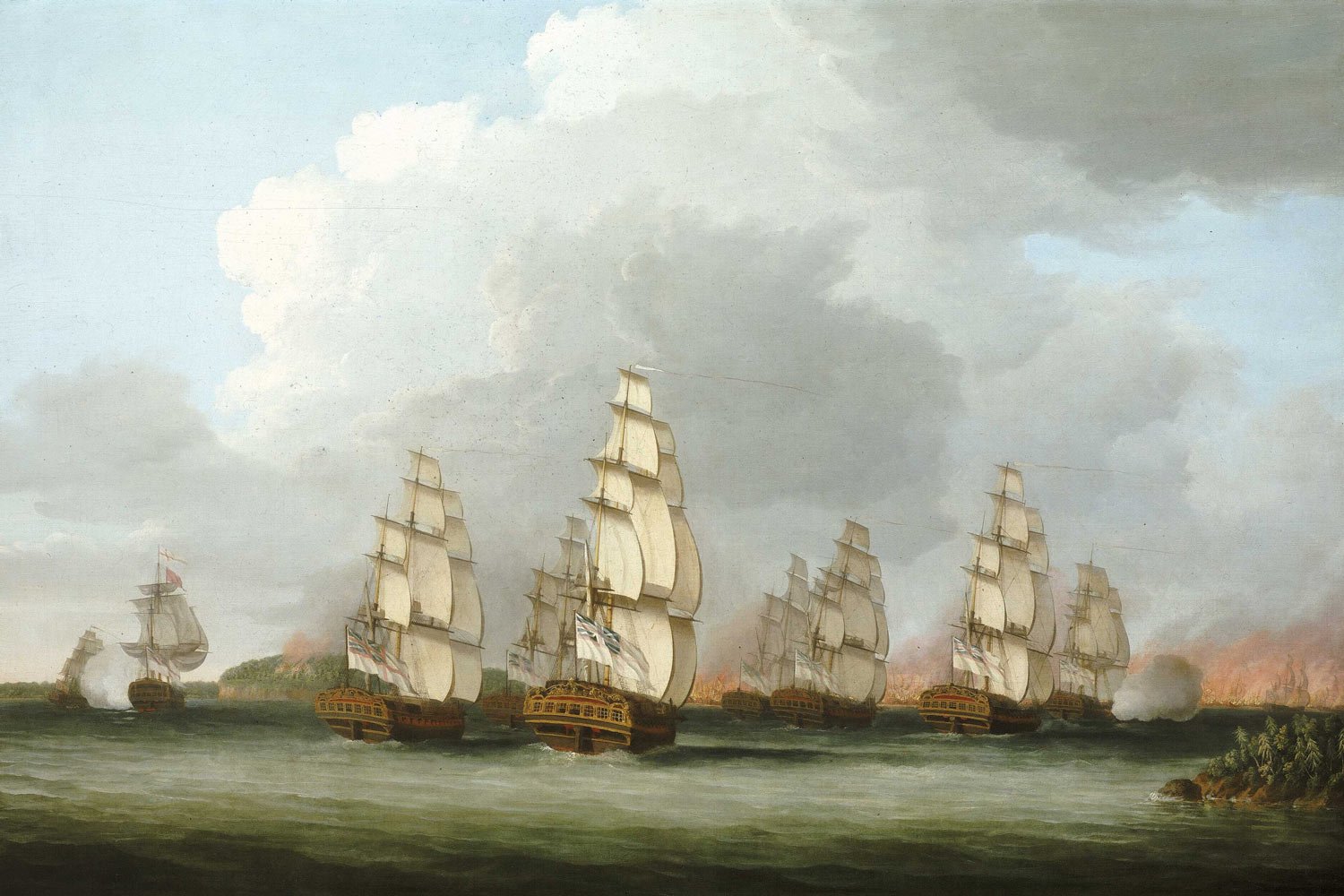
Disaster for Americans at Penobscot Bay
As darkness fell in Penobscot Bay on August 13, 1779, the American soldiers and sailors in Penobscot Bay realized they were trapped by the newly arrived British fleet under Admiral Sir George Collier. With disaster staring them in the face, General Solomon Lovell, commander of the militia, and Commodore Dudley Saltonstall, the navy commander, displayed an energy that had been absent for much of the past three weeks.
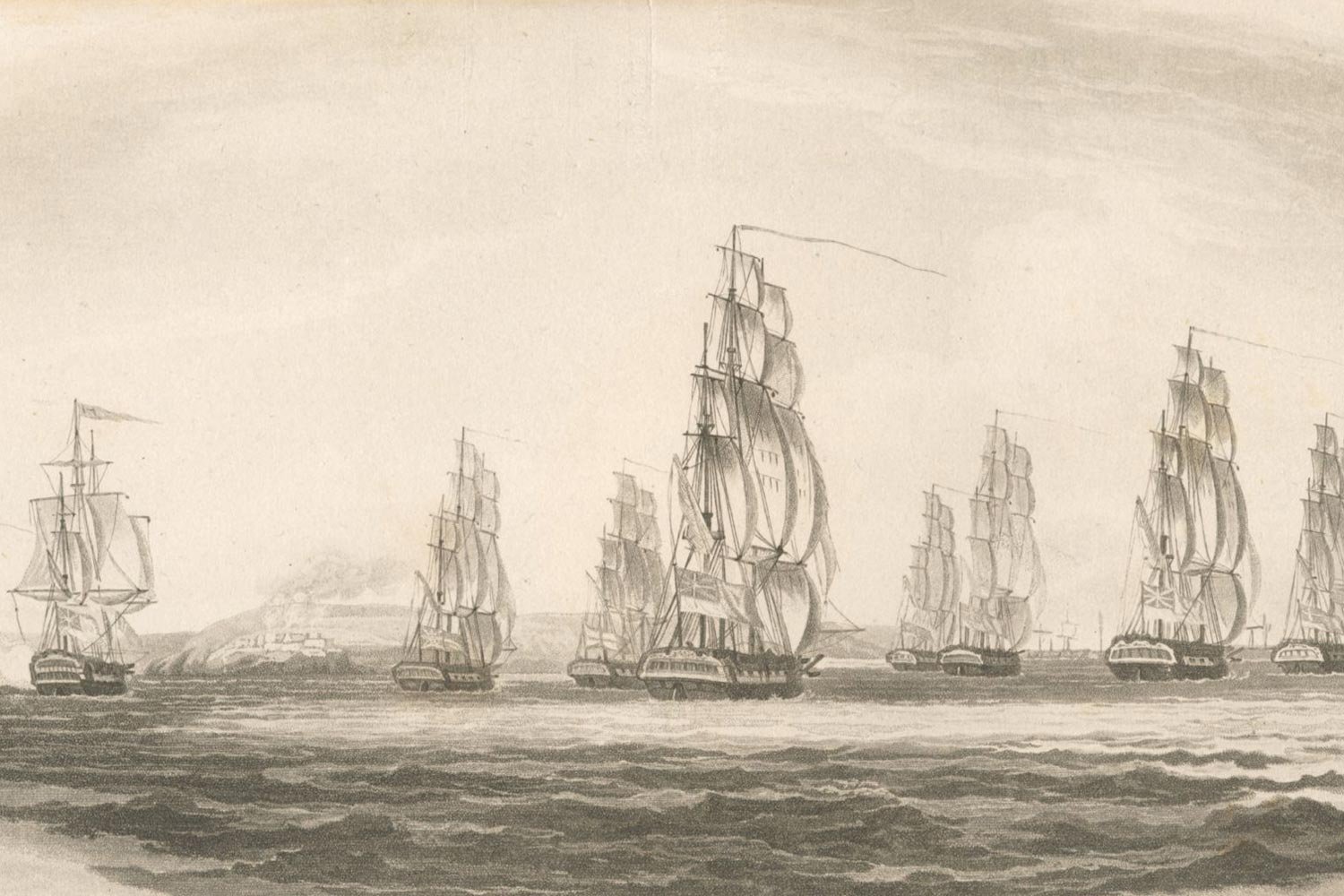
Time Runs Out for Americans at Penobscot Bay
The Penobscot Expedition which started so well with the successful assault up the cliffs at Dyce’s Head to the plateau at the top of the Bagaduce Peninsula on July 28, quickly ran out of steam. Three main impediment was an inter-service squabble between the army commander, General Solomon Lovell, and his naval counterpart, Commodore Dudley Saltonstall. Showing a reluctance to engage the enemy that seemed to border on cowardice, Saltonstall would be an obstacle that Lovell could not overcome.




